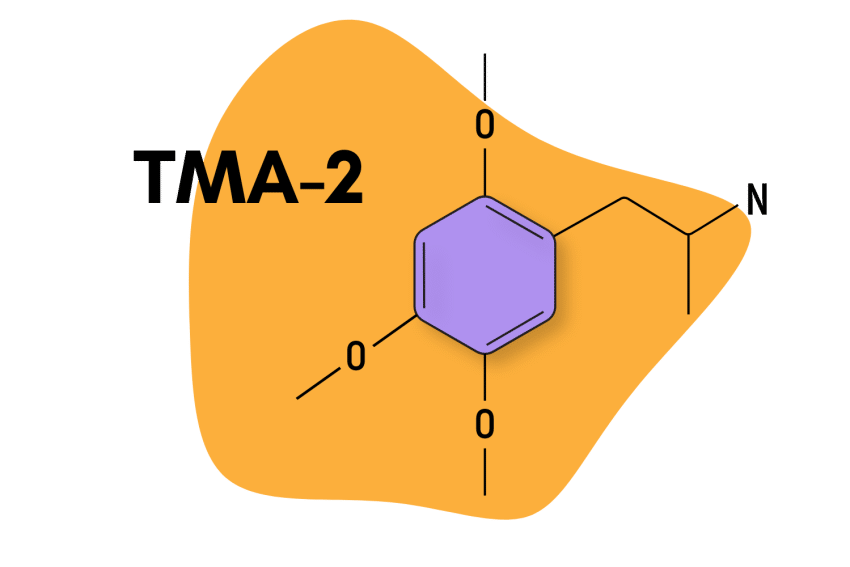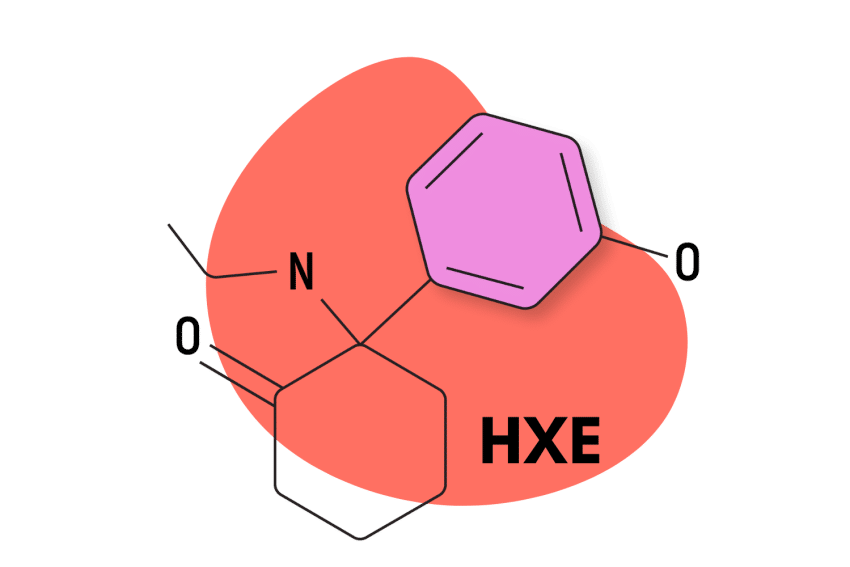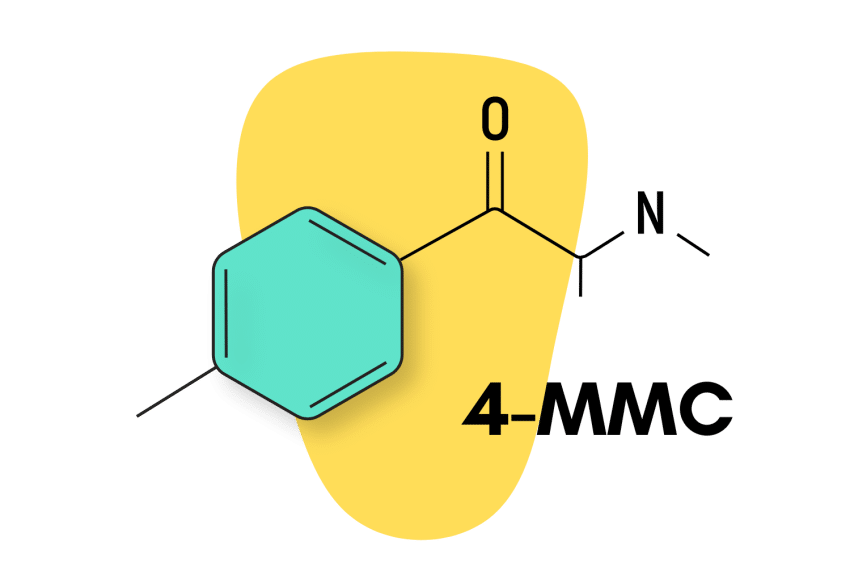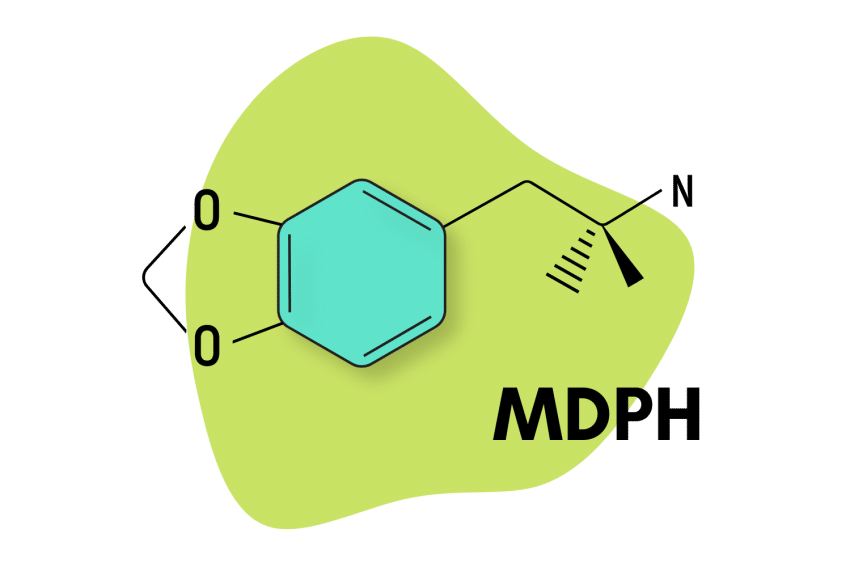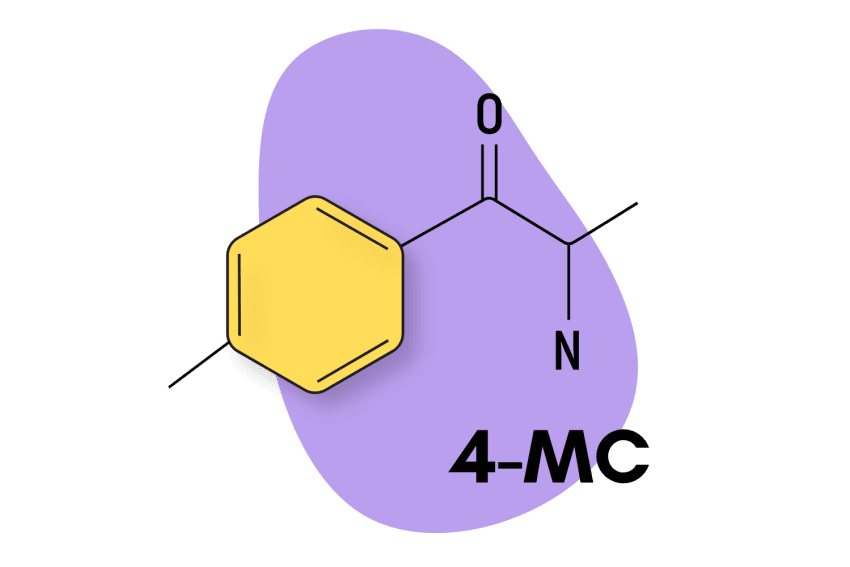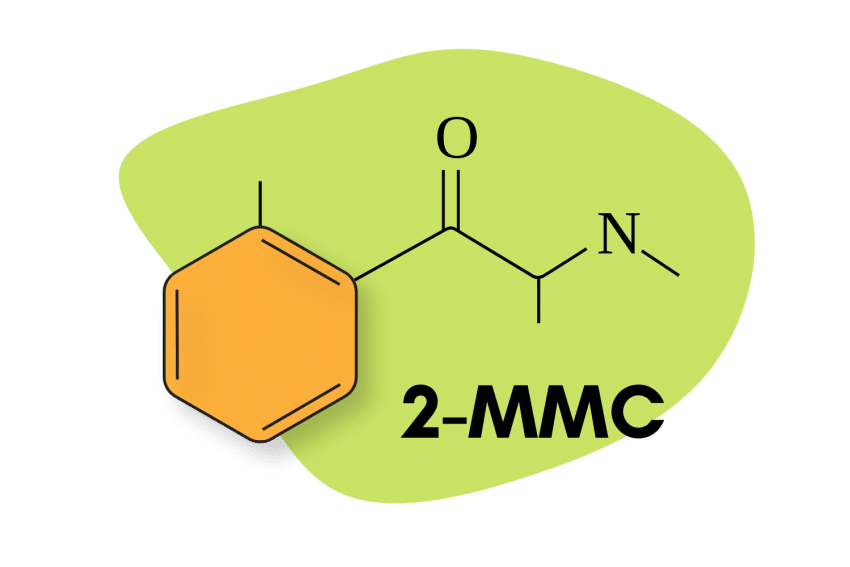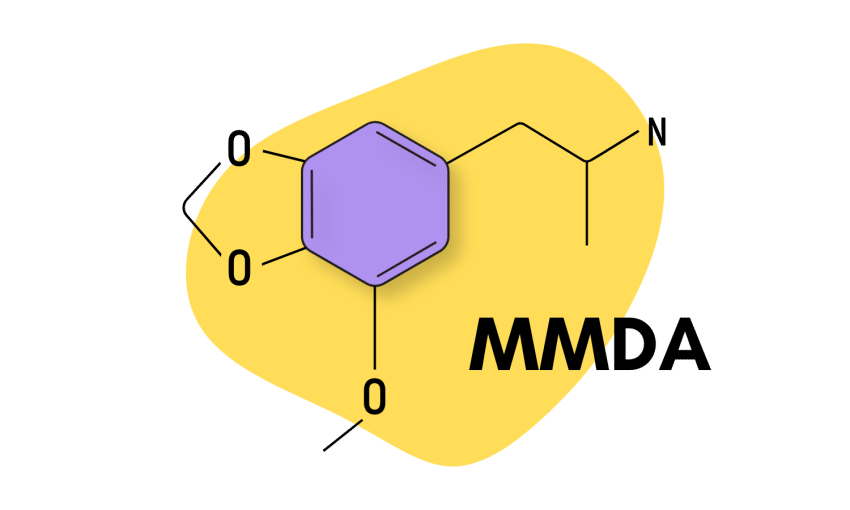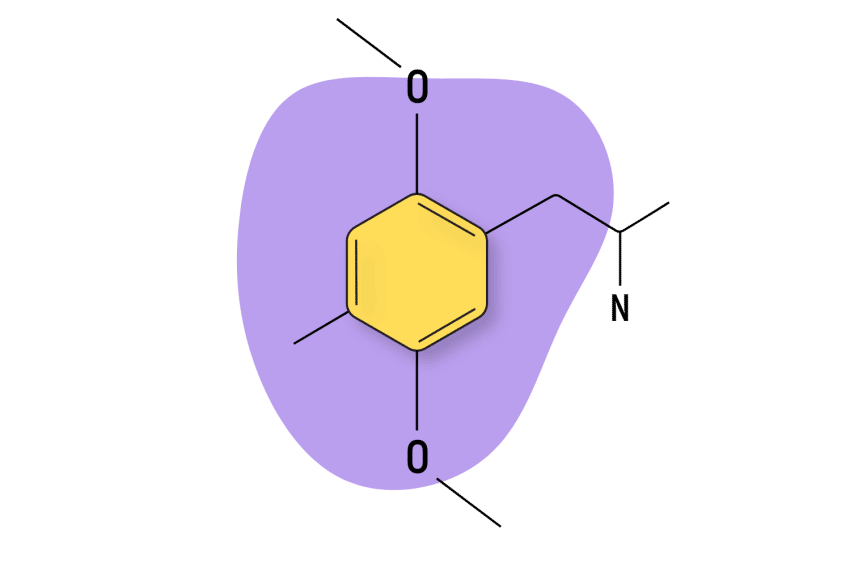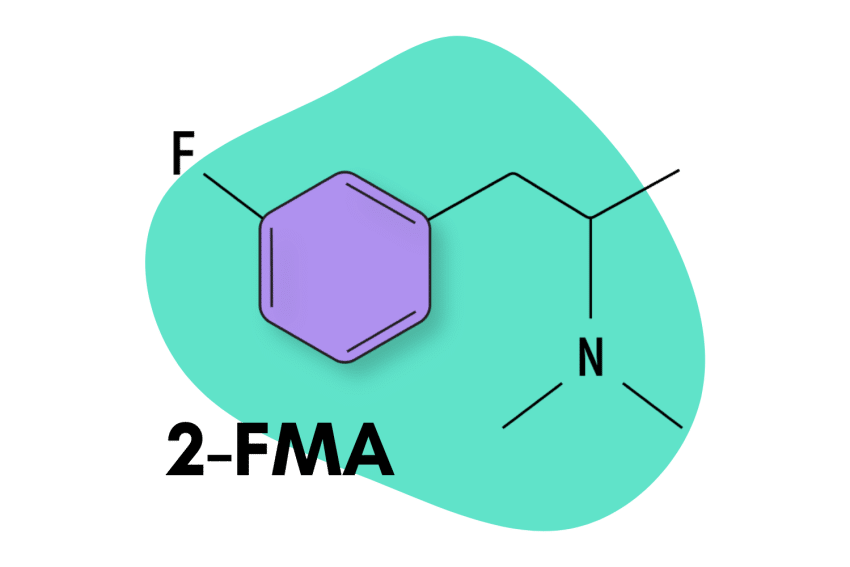DOET: Exploring This Rare DOX Psychedelic
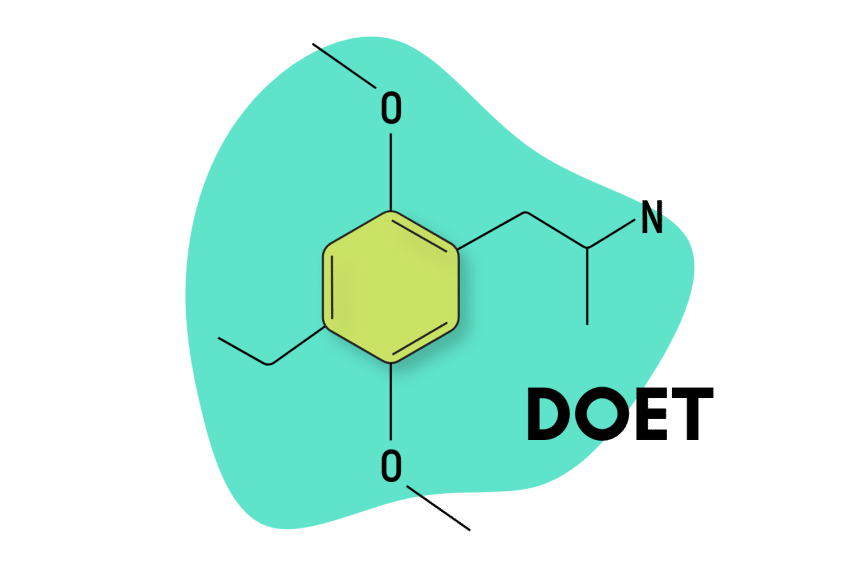
DOET (2,5-Dimethoxy-4-ethylamphetamine hydrochloride) is a substituted amphetamine belonging to the DOX subfamily of compounds.
The DOX family comprises many different types of dimethoxyamphetamines that are substituted with various functional groups. Their effects can be broadly characterized as heavily psychedelic, mildly to moderately stimulant, and possibly hallucinogenic.
In higher doses, they can induce deep psychedelic introspection while also providing a dramatic boost in energy and vibrancy.

This class is defined by the presence of an amphetamine backbone with two methoxy groups at positions 2 and 5, as well as a functional group that can vary in position 4.
DOET has been sold online as a “research chemical” by various chemical companies who took advantage of its murky legal status. However, since then, DOET has now been listed as a Schedule I drug in the United States and most other Western nations, making it illegal.
DOET Specs
| Chemical Name | 2,5-Dimethoxy-4-ethylamphetamine hydrochloride |
| Level of Risk | Low to moderate |
| Other Names | N/A |
| Most Common Side Effects | Psychosis, seizures, anxiety, paranoia, agitation, confusion, increased heart rate and blood pressure, palpitations, chest pain, and difficulty breathing. |
| Duration of Effects | 14 to 20 hours |
| Estimated Threshold Dose | 2 mg |
| Common Dose | 4 to 6 mg |
| Legality/Status | Research chemical |
| PubChem ID: | 62066 |
| CAS# | 22139-65-7 |
Tripsitter Safe DOET Guidelines
- 🐍 I understand why substituted amphetamines should be treated with respect
- ⚖️ I’m familiar with the laws for substituted amphetamines in my country & state
- 🍄 I’m familiar with and confident in the dose I’m taking
- 🧪 I’ve tested a sample of the substance I’m using with a drug-testing kit
- 💊 I’m not mixing any medications or other substances with DOET
- 🏔 I’m in a safe & comfortable environment with people I trust
- 🐺 One of the members of my group is responsible and sober (AKA a trip sitter)
- ⏳ I have nothing important scheduled for after the trip
- 🧠 I’m in a sound & healthy state of mind
- ❤️ I don’t have any underlying health issues — don’t take DOET if you have underlying heart, neurological, or psychiatric disorders
- 👭 Use the buddy system — butylone can remove your inhibition and allow you to make unsafe decisions, always stay with people you trust, and never go out alone
- 🌵 I understand the risk of dehydration — it’s easy to become dehydrated while on DOET, so make sure you’re drinking a cup of water every hour while using DOET
- 🦻 Protect your hearing — music can be intoxicating while on DOET, so protect your hearing and bring ear protection before you go out to a club or concert
What Are The Effects of DOET?
Sources of information on DOET are quite scarce. It appears to be an exceedingly rare compound, and so little attention has been paid to DOET by researchers or recreational drug users.
The best we can do for this compound is to parse through the user-generated information found on designer drug forums. This method obviously lacks scientific objectivity, but it’s actually quite well suited to sketching out what someone might expect from a certain drug and how it might differ from similar compounds.
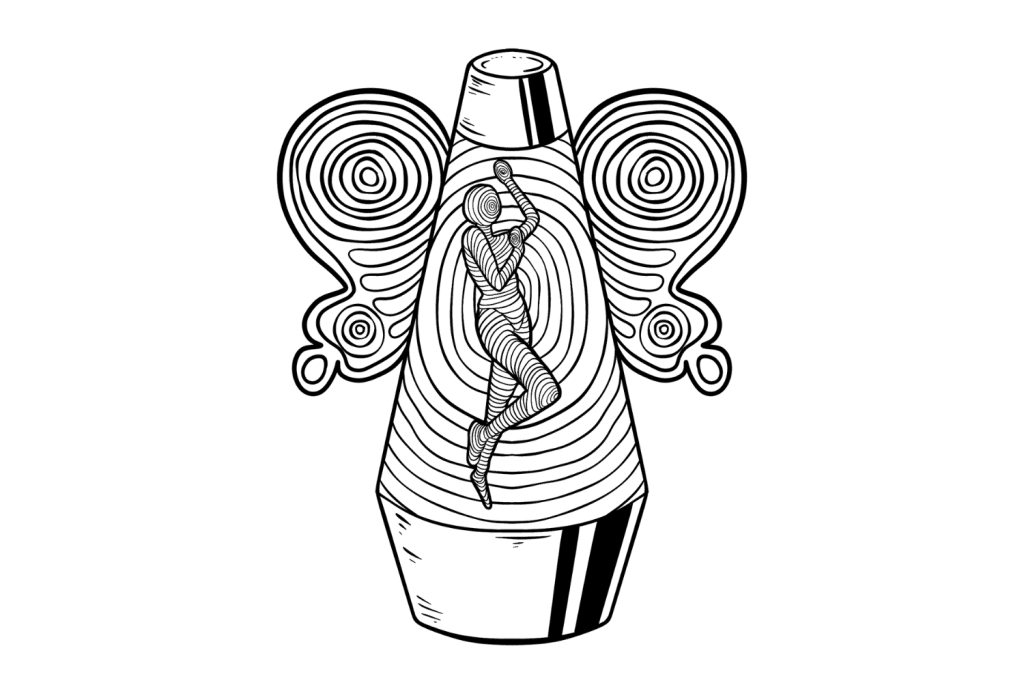
When it comes to DOET, here’s what one user on the popular forum Bluelight had to say:
Onset was very smooth over 2 hours, with all the same telltale alerts as DOM, only not as in your face.
There’s not as much ooomph as DOM, but all the telltale signs were there – hyper exaggeration of colors and their meaning emotionally, a slight unworldliness to everything and being very awake. Maintaining was easy, but only if that was your intention; it was sti possible to lose yourself in it.
One big difference is that it lacked DOM’s feeling of having too much energy that has to be dissipated.
Overall it’s rather like DOM-light, which was sort of expected, but had a few unique things. I actually felt sharper and wittier than if I’d had DOM. I think it’s because DOET didn’t have DOM’s deep psychedelic push.”
Here’s what another user had to say about it:
This feels more stimulating than DOPr, but I don’t feel like I’m on a stimulant. I actually like that it feels more stimulating than DOPr.
By the time we started walking, the DOET had set in much more completely. I found that the physical presence of it was very strong; it felt both nice and somewhat edgy and uncomfortable at the same time.
Early on, I noted that there were fewer peripheral effects than DOC has, but as time went on, that changed. I never felt physically threatened in terms of being afraid for my health, but the sensation was slightly threatening in its energy, which consisted of a very strong coursing feeling of energy pulsing out from my solar plexus.
It felt similar to DOC, except that with DOC, I can easily focus that energy into a sparkly euphoria, whereas with DOET, there was no euphoria to speak of; it was a very neutral feeling.
I couldn’t figure out what the drug was really doing to me. The primary effect seemed to be the body trip, which was intense and both calm and edgy at the same time. I was at peace but also in conflict, a true dichotomy. My mind did not seem propelled to thought and association, unlike DOC, LSD, tryptamines, or many other things.”
It’s important to note that these reports should be taken with a healthy degree of skepticism.

After all, the subjective feelings brought on by psychedelics can feel quite different from person to person. Using these reports is not about knowing exactly what you’re in for but more about figuring out what could potentially be a part of your experience.
After looking through the forums, the general impression we get about DOET is its association with powerful closed-eye visuals, mild open-eye visuals, and strong alterations in both smell and sound. DOET also appears to have a significant potential to induce undesirable physical side effects (body load) like nausea and dizziness.
Is DOET Addictive?
DOET — like most other psychedelic compounds — displays limited potential for addiction.
However, it’s important to note that DOET is not a pure psychedelic. As an amphetamine-based compound, it also produces stimulation, which does entail certain things when it comes to its addictive potential.
Stimulation as a result of engagement with the body’s dopamine receptors is a pharmacological action that can cause addiction. The precise mechanisms which underlie this are still unknown, but the role of dopamine in regulating reward and pleasure in the brain is thought to be involved.
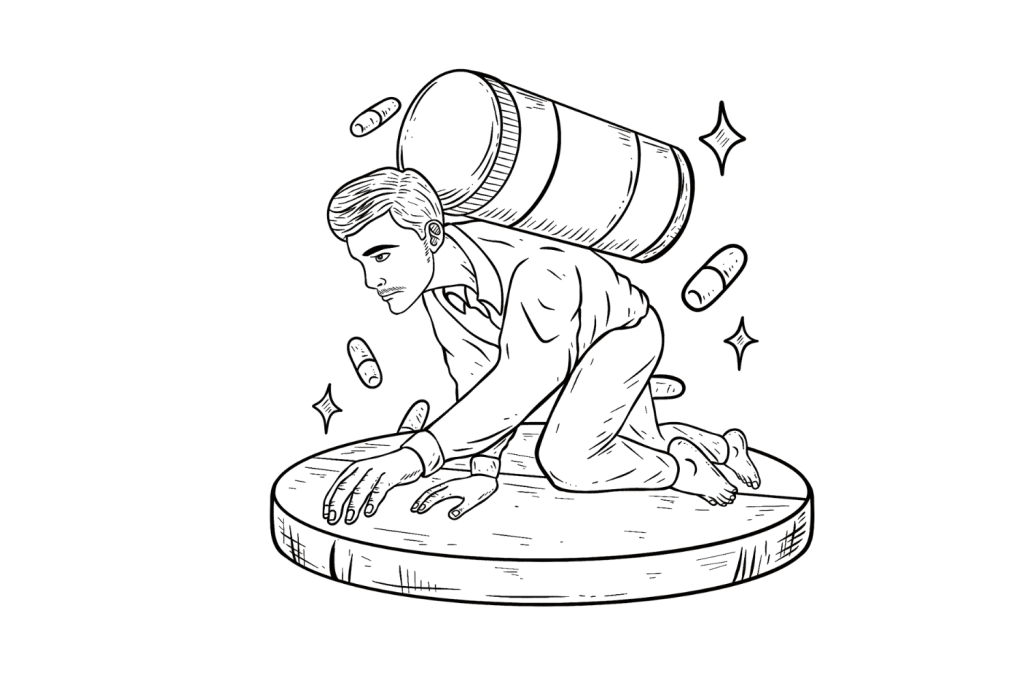
Purely stimulant compounds like cocaine and meth display a high potential for addiction. As such, the lower level of stimulation provided by DOx compounds can also induce addictive symptoms, although to a lower extent.
The simple truth is that psychedelics do not activate the brain’s reward system in the same way that other drugs do, which is why psychedelics are not typically used on a regular basis. Most people who use psychedelics do so infrequently, often with months or even years between uses. This is in contrast to other drugs, such as opioids and stimulants, which are often used on a daily basis.
Although DOx compounds aren’t that conducive to addiction, the formation of physical tolerance is a possibility. However, withdrawal symptoms as a result of psychedelics are pretty much unheard of.

